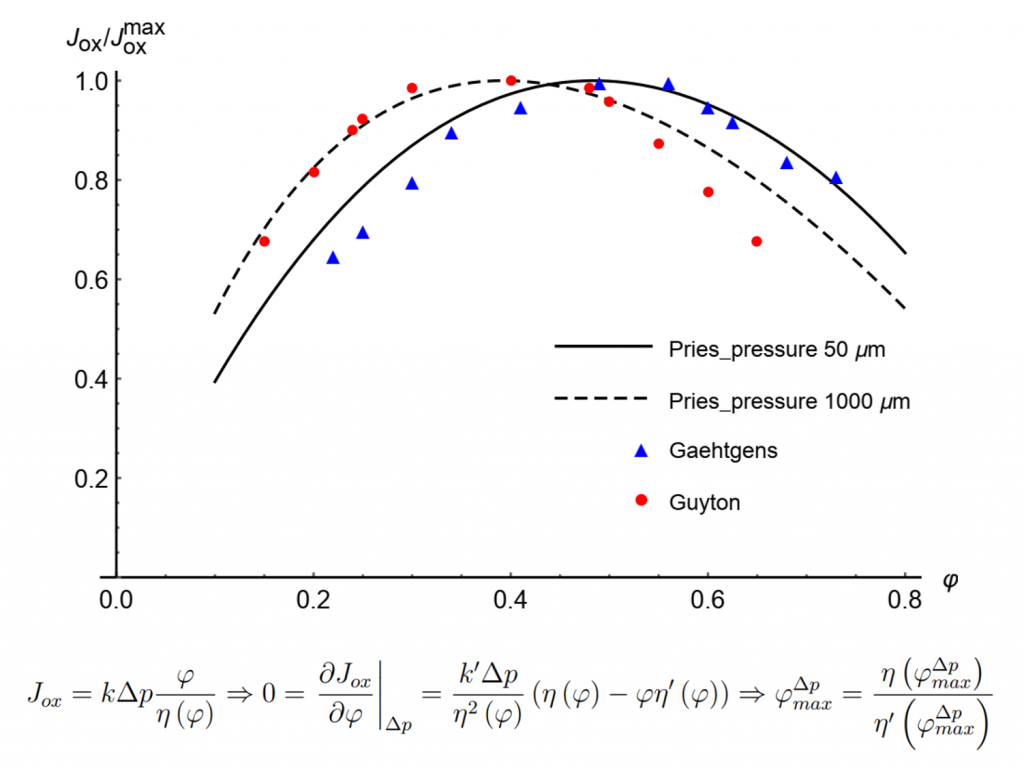Our research straddles the border between mathematics and intensive care medicine.
We apply mathematical and computational methods to various pathophysiological topics related to intensive care medicine.
Our theoretical results are verified on data available from the literature, from publicly available databases, or data from collaborating experimental groups.
The theoretical approach searches for connections between individual findings and enables a deeper understanding of the studied issue.
We are also involved in the preparation of systematic reviews and meta-analyses in the field of intensive care medicine.

Research Areas
Mathematical modelling
in the pathophysiology of intensive care medicine
- Optimal blood pressure in cardiogenic shock
- Optimal hematocrit in cardiogenic shock
- Theoretical trigger values of hematocrit indicating blood transfusion
- Optimal transfusion strategy in severe hemorrhage
- A model of aortic stenosis decompensation
- Effects of pericardial tamponade and constrictive pericarditis on left ventricular filling pressures
Application of systems biology in intensive care medicine
- Transcriptomic analysis in sepsis and critical illness
- Integrative analysis of omics data in intensive care medicine
- Application of machine learning techniques in intensive care medicine
Systematic reviews and meta-analyses in intensive care medicine
- Specific topics for systematic reviews and meta-analyses are selected in collaboration with the Department of Anesthesiology and Intensive Care of FNUSA
Collaborating groups
- Department of Bioinformatics, Matthias Schleiden Institute, Friedrich Schiller University Jena, Germany (Prof. Schuster)
- Institute of Zoology and Evolutionary Research, Friedrich Schiller University Jena, Germany (Dr. Stark)
- Department of pathological physiology, MUNI, Brno
- Intensive care research group, FNUSA-ICRC
- Department of Anesthesiology and Intensive Care , FNUSA

Publications
- Sitina M, Stark H, Schuster S. Calculating the optimal hematocrit under the constraint of constant cardiac power. Sci Rep. 2021 Feb 16;11(1):3925.



